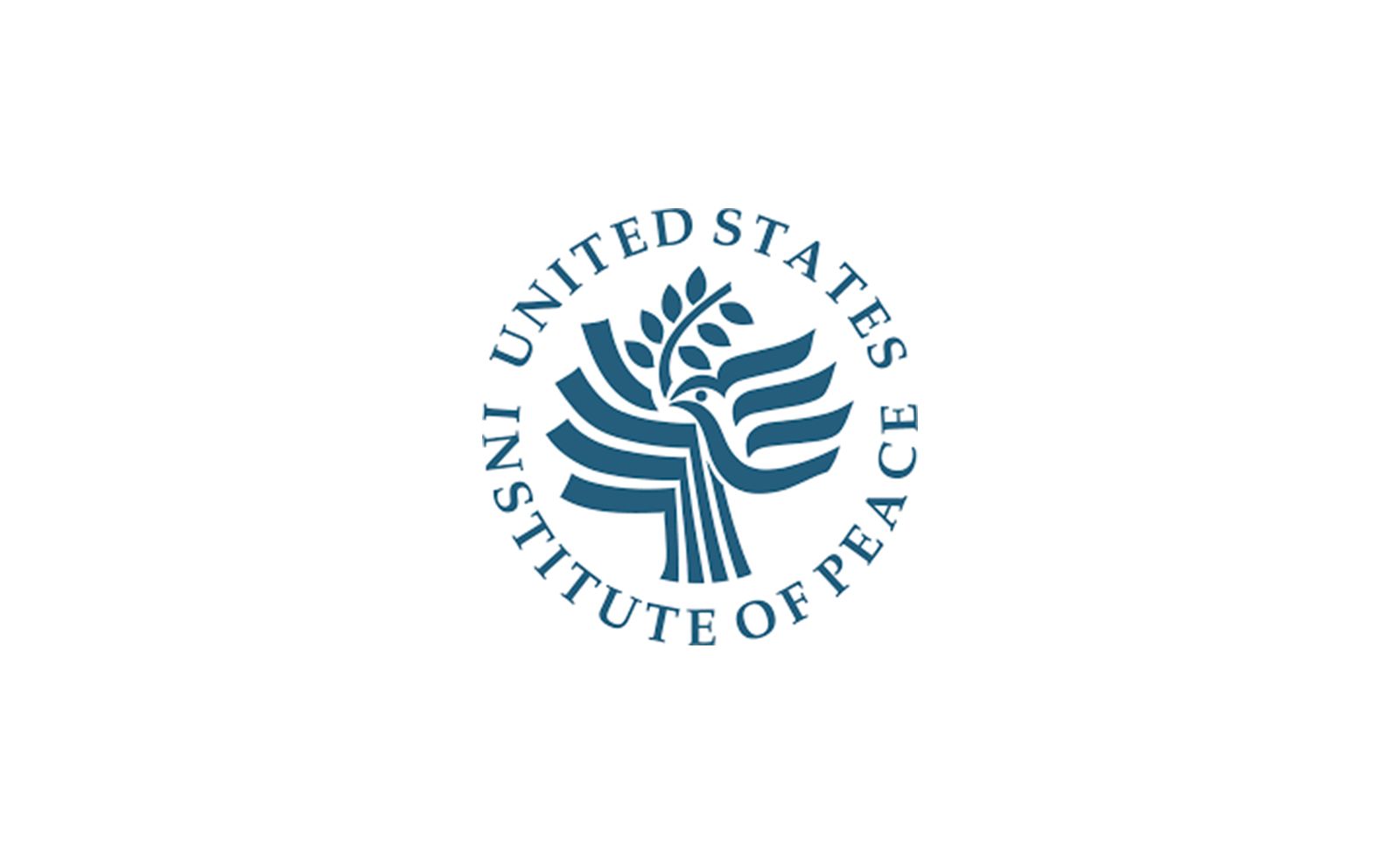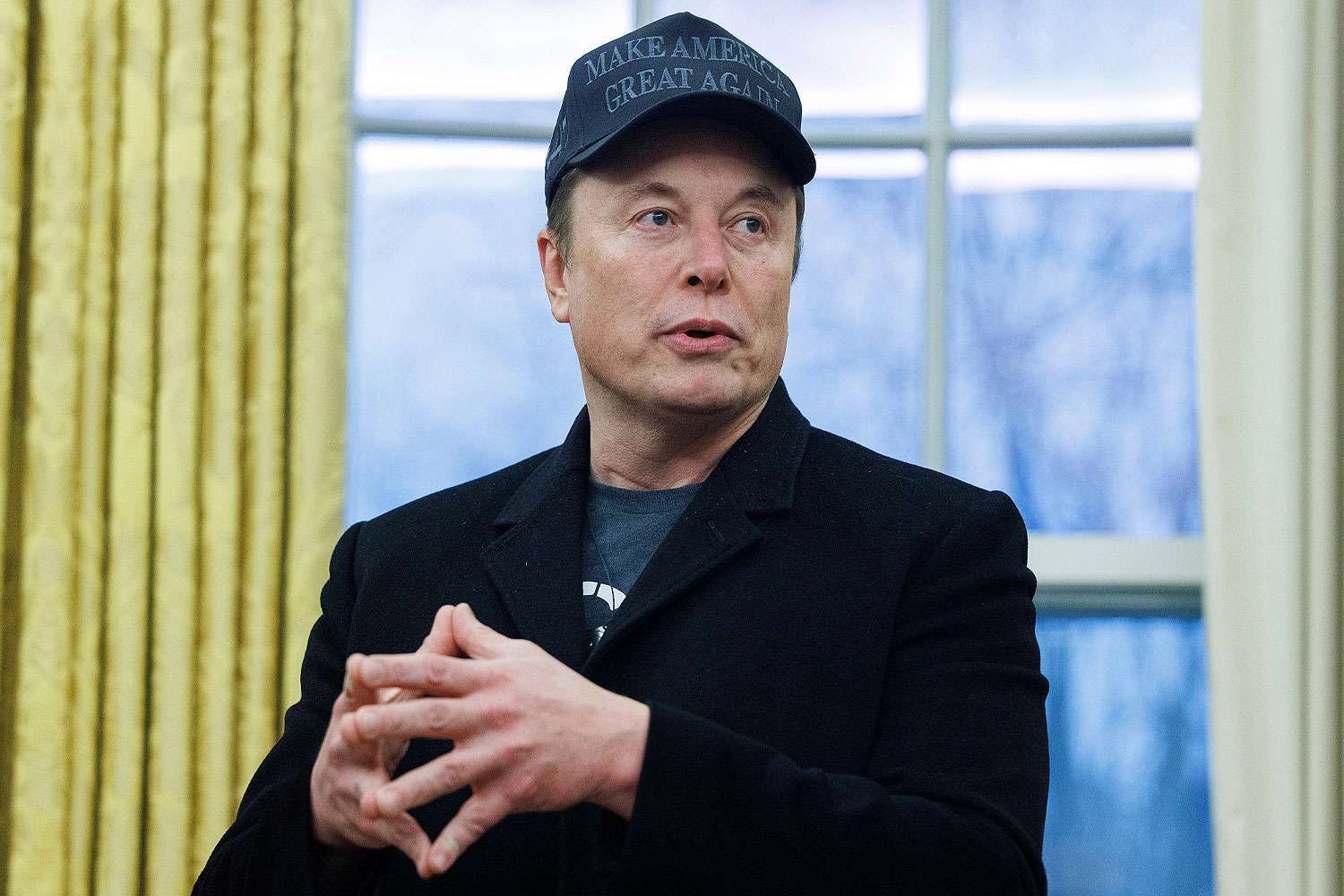Contact Us
objective-wire.org
90 Day Pause on Trump Tariffs
Trump Drops Tariffs to 10% Universally Except China for 90 Days
On April 09, 2025, the Trump administration unveiled a bold adjustment to U.S. trade policy, reducing tariffs to a universal rate of 10% for all countries except China for a 90-day period. This temporary shift marks a significant departure from previous trade measures, aiming to ease tensions, stimulate economic activity, and recalibrate global trade relationships. Below, we explore the details, implications, and reactions to this unexpected policy pivot.
Key Details of the 10% Tariff Rate
The new 10% universal tariff applies to imports from nearly all countries, creating a simpler and more predictable trade framework. Previously, tariffs varied widely, often exceeding 25% for certain nations and goods. This reduction is expected to lower costs for U.S. businesses and consumers, offering relief from the higher duties imposed during earlier Trump-era trade policies.
The policy’s 90-day timeline positions it as a trial period, allowing the administration to assess its impact on trade flows and diplomatic ties. While it signals an openness to negotiation with most trading partners, the exclusion of China highlights a deliberate strategy to maintain leverage in ongoing economic rivalry.
Why China Remains Excluded
China’s exemption from the tariff reduction underscores the deep-seated tensions in U.S.-China trade relations. The administration continues to cite concerns over intellectual property theft, forced technology transfers, and trade imbalances as justification for keeping higher tariffs in place. This exclusion reinforces Trump’s long-standing approach of using tariffs as a tool to pressure Beijing into addressing these issues.
By singling out China, the U.S. aims to sustain economic leverage while inviting other nations to deepen trade ties. The move could accelerate negotiations with China or prompt retaliatory measures, further shaping the global trade landscape.
Economic Impacts of the Tariff Shift
The temporary 10% tariff rate carries significant economic implications. For U.S. consumers, lower import costs could ease inflationary pressures, making goods more affordable in the short term. Businesses importing from affected countries may see reduced expenses, potentially boosting profitability or enabling price cuts.
Globally, the policy could spur increased trade with the U.S., as nations take advantage of lower barriers to access the American market. This might encourage supply chain diversification away from China, aligning with broader U.S. goals. However, the temporary nature of the reduction introduces uncertainty, with businesses and governments eyeing the 90-day window as a test of future trade stability.
How Affected Countries Are Responding
Reactions to the tariff drop vary widely. European nations, such as Germany, have welcomed the reduction, seeing it as a lifeline for industries like manufacturing. Emerging economies in Latin America and Southeast Asia view it as a golden opportunity to expand their U.S. market share, free from the burden of higher tariffs.
Closer to home, Canada and Mexico have expressed mixed feelings. While the lower rate offers immediate relief, both countries worry about the lack of long-term certainty, complicating investment decisions. Meanwhile, China has condemned the exclusion as an attempt to isolate it economically, pledging to defend its interests through dialogue or counteractions.
What Lies Ahead: Beyond the 90 Days
The next three months will serve as a proving ground for this tariff experiment. If the policy drives economic growth and strengthens trade ties, pressure could mount to extend or even formalize the 10% rate. Success might also pave the way for selective tariff adjustments, targeting key industries or incorporating new trade standards on labor and the environment.
China’s response will be a critical factor. Escalation or concessions from Beijing could influence whether this temporary measure evolves into a broader trade strategy. As the clock ticks, the administration will weigh economic data and international feedback to determine the policy’s future, potentially reshaping global trade for years to come.
This 90-day tariff reduction reflects a calculated blend of diplomacy and economic strategy, offering a glimpse into the Trump administration’s evolving approach to international trade. Whether it’s a short-lived reprieve or the start of a new chapter remains to be seen.
🚨Riley Gaines just CONFIRMED Big Soda companies tried to bribe her to oppose MAHA’s SNAP reforms.
— American Values 🗽 (@AVPac_US) March 22, 2025
Why?
Because they make billions of dollars from keeping Americans sick.
Others took the money and sold out the American people.
🧵
This is a PSYOP to try and drive a wedge… pic.twitter.com/2kmfMGe3B9




share this
STAY UP TO DATE
GET Objective LATEST
Receive Objective Media Updates, and get a heads up on the reality we love.
Contact Us

